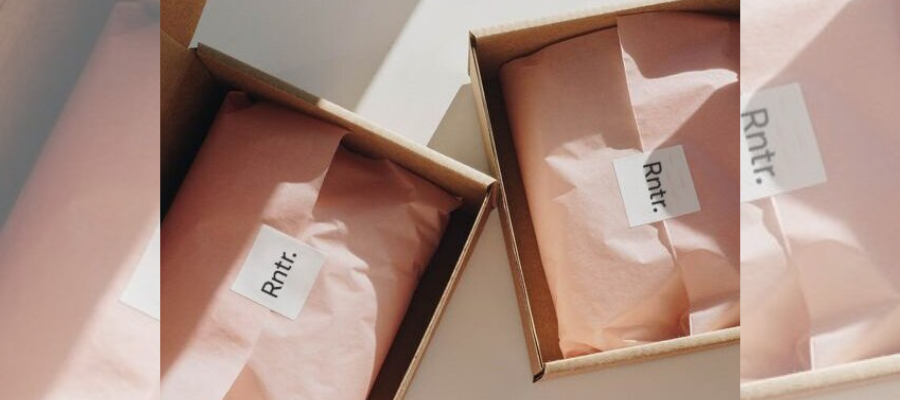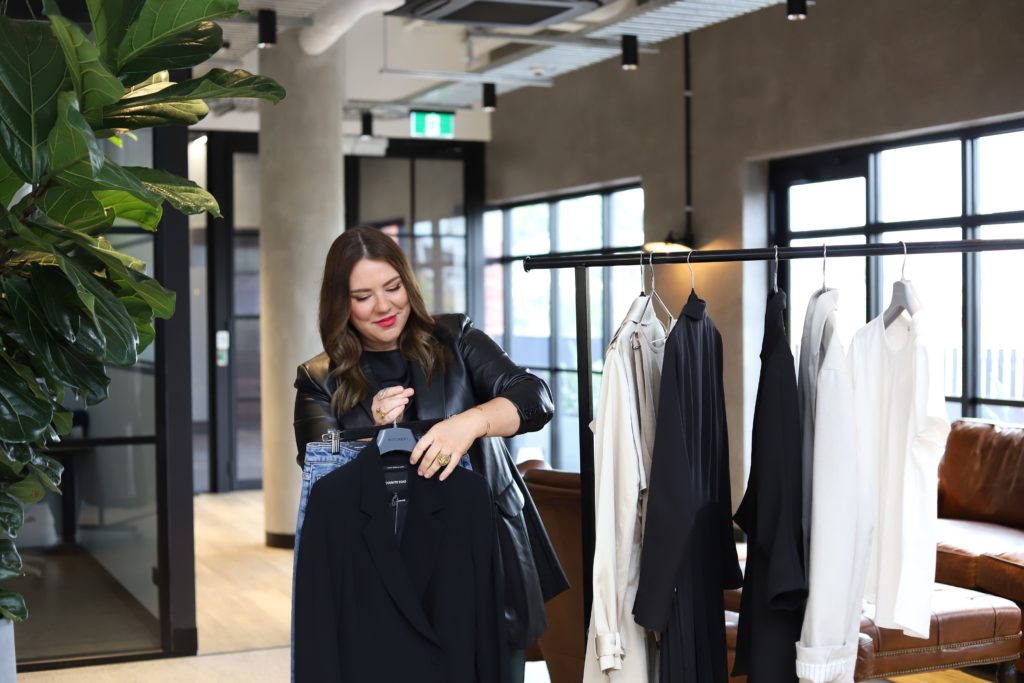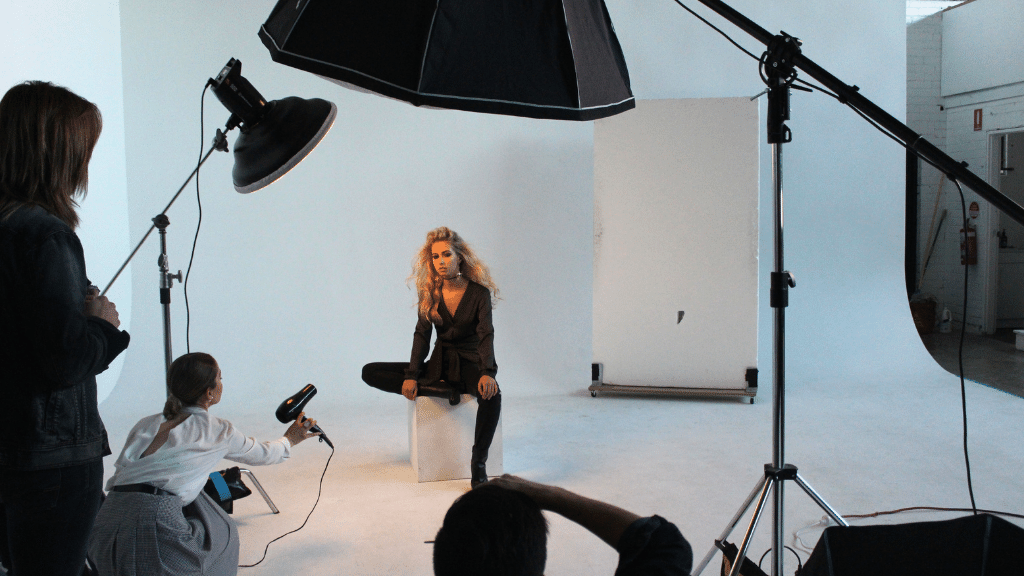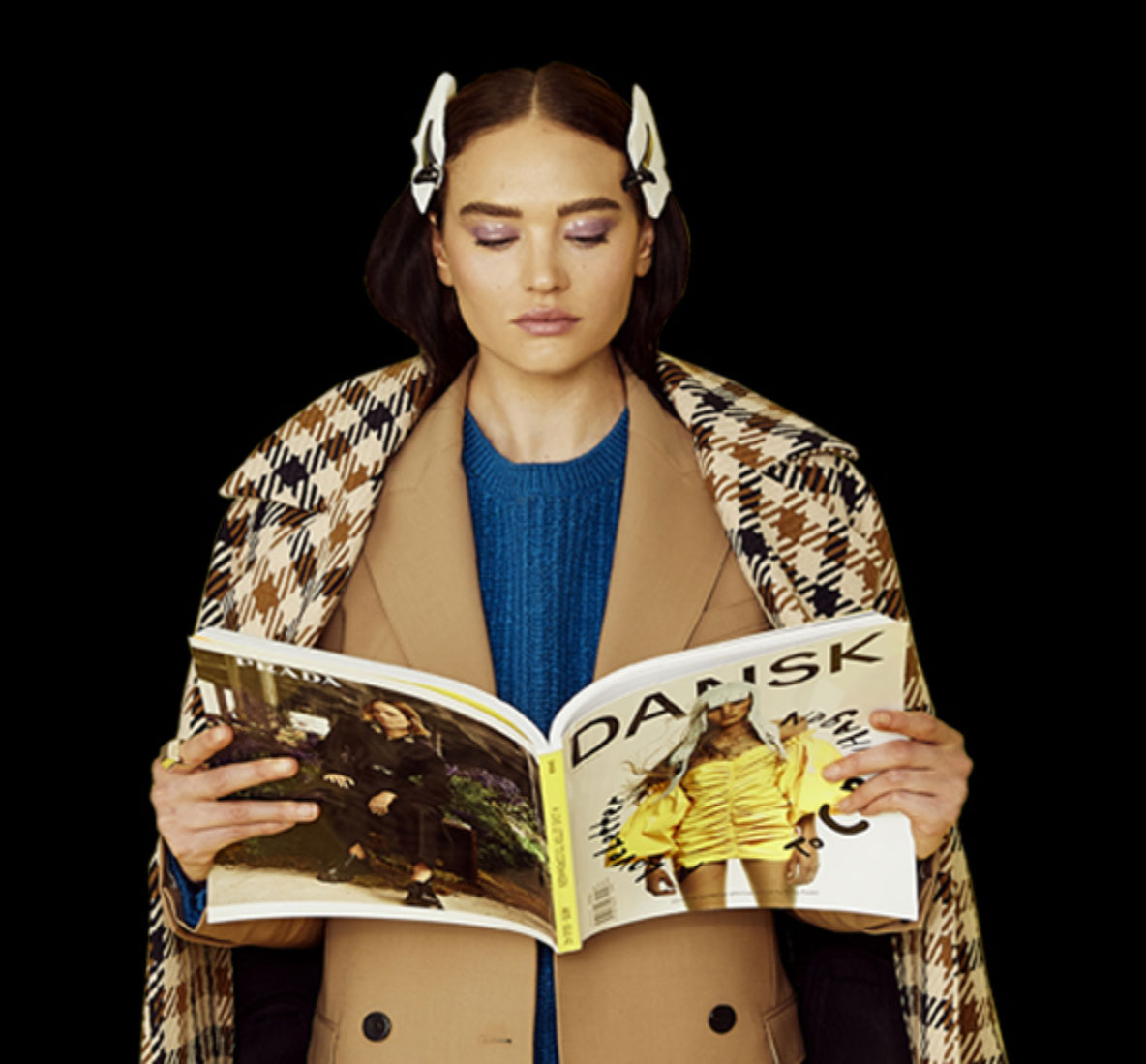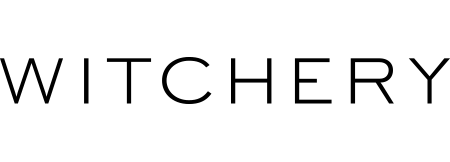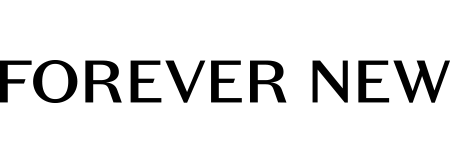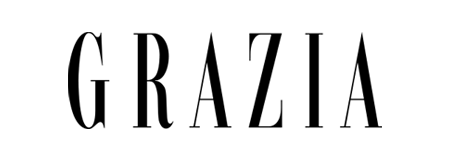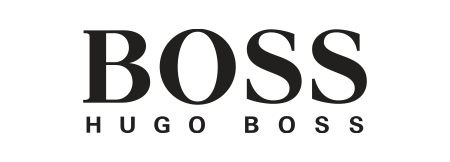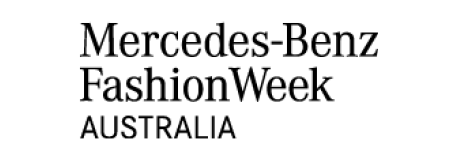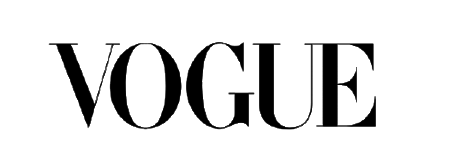Everyone’s familiar with the concept of renting. We rent movies (or used to), we rent houses and now – we can rent our wardrobes!
The push for more sustainability in the fashion world has seen the clothing rental market boom internationally. However, in a recent survey conducted by Australian Style Institute*, we found that only 17% of Australians had ever rented clothes. With further findings showing 70% of people have clothes in their wardrobe they’ve never worn, it seems like renting might just be the solution – and the future to a better relationship with fashion.
To delve deeper into the fashion rental market in Australia, we chatted to the founder and director of Rntr. Shanya Suppasiritad, who’s created a platform that bridges the gap between circular fashion and existing brands.
Hi Shanya, we so admire the concept of Rntr. so thanks for chatting with us! Let’s start with the basics – what is Rntr.?
Rntr. is a disruptive rental platform that enables brands to offer rental and subscription services directly to their customers – from their own website, using their own branding. Including software integration, warehousing, dry cleaning, picking, packing and posting, to marketing and data analytics.
How did the idea come about?
In short, I didn’t want to own the majority of clothing in my wardrobe anymore because I realised that my wardrobe doesn’t have to be permanent – I change my outfits all the time depending on my mood, body, occasion and wallet. I just don’t see why I need to own all the items, it’s not sustainable – I’m happy to just have access to it. However, the current setup for accessing clothing especially in the AU market doesn’t quite cut it for me. So, I created a solution that can scale up the concept of clothing as a service in a huge way, and clean-up the industry at the same time.
If we’re being honest, the fashion industry needs a little (or a massive) clean-up. The way we consume fashion is unsustainable. Currently, the main contributors to the problem are fashion brands, from how they source their material, to production, and the way they discard their leftover stock. Unless brands find a better way to connect with their consumers while remaining profitable, change on a larger scale won’t happen.
As consumers’ behaviour shifts towards sustainability, brands have a responsibility to provide a ‘better’ option for them to connect with the brand. Building a circular economy plays a big role in the solution to the fashion industry’s problems. By offering a rental service, brands have the chance to create a circular experience for their consumers and prolong the life cycle of the rental garments, while adding another revenue stream to their business model.
I designed a user-led product to make it easy for consumers to start renting directly from their favourite brands. And for brands to see the benefit of engaging with renters who have different behaviours than their normal buyer.

What is circular fashion?
In a nutshell, it’s the creation, consumption and disposal of fashion without waste. Which of course is ideal, but realistically more complex than that.
Many brands have started to incorporate circular concepts into their production process and policy which is amazing, however I don’t think that’s enough if the industry keeps producing at its current rate. Also, as long as consumers still own the clothing, brands have no control over how the item will be discarded – which means they can’t close the loop.
With rental subscription service, brands have full control over how the items are made, used and discarded – because the model is designed for long-term ROI (Return On Investment). It’s in the brands’ best interest to design their items for longevity.
On top of that, brands will be creating a circular experience for their consumers to participate in the sharing economy, and embrace usership rather than ownership.
What came first for you – fashion or sustainability?
If I’m being honest, fashion has always come first for me. I found it very hard to be sustainable and have the freedom to enjoy fashion the way I want. That’s why I created Rntr. – so that I can still enjoy fashion, without the guilt.
I see clothing like a second skin that I can choose. I express who I am, or who I want to be through fashion, but at the same time I don’t want to buy into cheap, fast and polluting fashion either.
Do you have a favourite item on Rntr.?
This is hard! I like them all, but if I had to pick one it would be the X NIHILO Eight Mini bag in tan.

Dream brand to partner with Rntr.?
Zimmermann, Camilla & Marc, Dion lee, Cue – these are iconic Australian brands that can influence the industry in a big way.
What advice would you give to someone wanting to make more mindful fashion choices?
Take your time to do your research, find 2-3 brands that work really well for your body and style, then build up your wardrobe slowly, allowing yourself a nice item every 3 months (get a stylist to help create your look – it will be worth it). Make sure you really invest in the quality, it makes a massive difference – if you don’t have a huge budget (like me), keep an eye out for sales! It’s tempting to go for the cheapest and trendiest option, but often that item won’t be flattering or sit right on your body – and it won’t last long either.
Is this the future for our closets?
100%! In 5-10 years, most people won’t own 20% of their wardrobe anymore. No more travelling with heavy luggage, or having all those items that you wore once or twice just sitting there in your closet, taking up space.
Brands will start designing exclusive collections that people can’t own and can only have access to via renting, and even collaborate with hotels and airlines to provide clothing as a service.
Are you one of the 70% with tags still swinging in your closet? Next time you’re feeling the itch for something new, try heading to www.getrntr.com or check out more of our sustainable fashion articles here.
*Australian Style Institute Survey conducted in February 2021, covering attitudes from 1,011 Australians nationally, aged 18-65.
